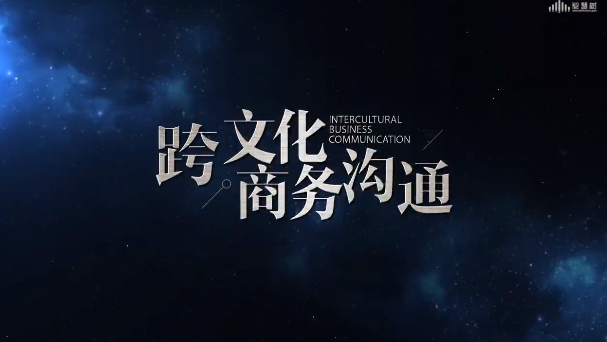第四章测试1.
Power distance is a conceptual was developed by Hofstede to describe
A:the power of multinational organizations B:the extent to which the less powerful members of organizations and institutions accept and expect that power is distributed unequally C:the power difference between men and women D:the power differential between developed and less developed countries
答案:B
2.
Hofstede’s _____ index measures the extent to which the less powerful members of organizations and institutions (like the family) accept and expect that power is distributed unequally.
A:power distance B:cultural values C:cultural dimensions D:value orientation 3.
These are the most significant studies of cultural values except _______.
A:Hall's High- and Low- Context Theory B:Fons Trompenars’s model of culture with seven dimensions C:Geert Hofstede's six Cultural Dimensions D:Kluckhohn and Strodtbeck's five Value Orientations 4.
The opinion that everyone has a position and clearly defined privileges is____.
A:a view of individual orientation structure of social relationship B:a view of hierarchical structure of social relationship C:none of the above D:a view of group orientation of social relationship 5.
Low-context communication is characterized by explicit speaking.
A:对 B:错 6.
Chinese culture is high-context in comparison to western culture.
A:对 B:错 7.
Cultures with a large power distance are hierarchical cultures.
A:错 B:对 8.
At the core of uncertainty avoidance is the idea that the future is predictable.
A:对 B:错 9.
Power distance in Hofstede's cultural dimensions is roughly similar to the value Kluckhohn calls hierarchy.
A:错 B:对 10.
In a culture emphasizing masculinity, it is more possible for men to play a nurturing role.
A:错 B:对


